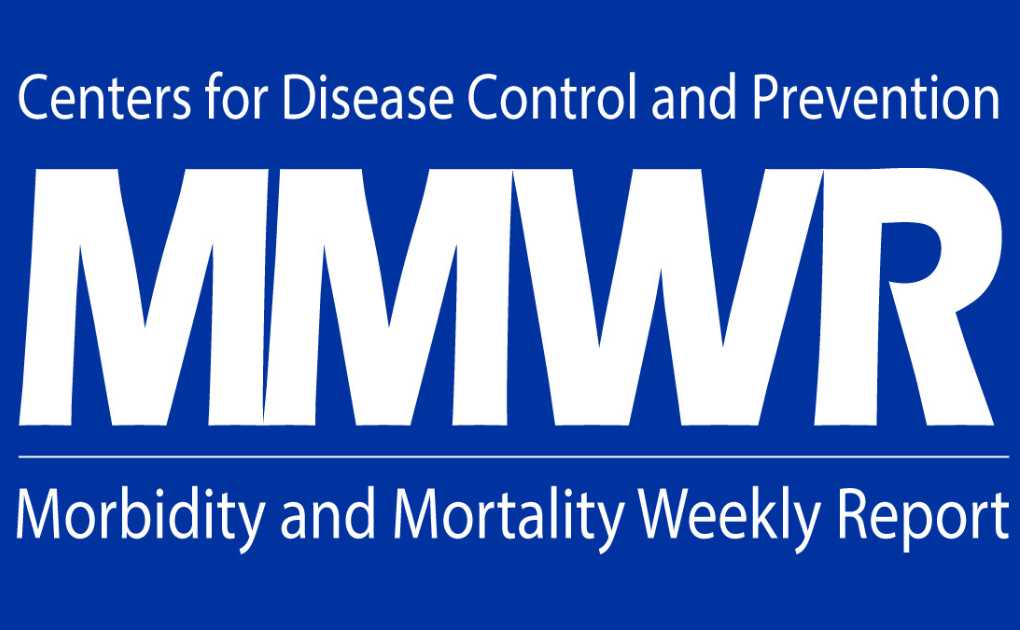
Discussion
Six in 10 transgender women experienced certain forms of violence and harassment during the past 12 months, and approximately one fifth reported suicidal ideation during the past 12 months. Most transgender women reported high social support from friends or significant others. Experiencing certain forms of violence and harassment and having low-moderate social support were associated with increased prevalence of suicidal ideation. Even in the presence of high family social support, certain forms of violence and harassment were still associated with higher prevalence of suicidal ideation.
The prevalence of suicidal ideation during the past 12 months in this analysis was lower than other studies among nonrandom samples of transgender persons (2,16) and young transgender women (5) but was disproportionately higher than a randomly selected sample of the general population in the United States (1). Contrary to other studies (2,4,13,16,24,26), suicidal ideation was not associated with gender-affirming therapy or poverty. Suicidal ideation was highest among those currently experiencing homelessness, consistent with other studies (16,27). The lower prevalence of suicidal ideation among those with history of incarceration >12 months ago was consistent with another study (28).
The prevalence of certain forms of violence and harassment during the past 12 months in this analysis was similarly high as the estimates among transgender persons in a large cross-sectional study in the United States (2) and in a systematic review (8). The prevalence of physical intimate partner abuse or harassment and sexual violence during the past 12 months in this analysis were higher than that among cisgender women in the United States (29), but comparable to the intimate partner violence prevalence among cisgender women of low socioeconomic status (30).
The analysis contributes to existing research linking certain forms of violence and harassment with increased suicidal ideation among transgender women (13,16,17), and these studies likewise used the gender minority stress model (14) to explain the findings. This model suggests that certain forms of violence and harassment are often enacted upon those nonconforming to heterosexual and cisgender norms and are underpinned by sociocultural, political, and legal marginalization of gender minorities (2,8), emphasizing the role of social determinants influencing health disparities among transgender women (8).
The findings in this report indicate that lack of high social support was associated with suicidal ideation, a finding consistent with other studies (15,18,26). However, the association between certain forms of violence and harassment with higher suicidal ideation was not moderated by social support from friends and significant others, and the association remained despite having high social support from family. Collectively, these results suggest that the association of certain forms of violence and harassment with higher suicidal ideation remained regardless of social support from any source. Mediating factors between experiences of violence and harassment and suicidal ideation (e.g., incarceration, homelessness, and poor access to education and health care) might exist such that social support alone could not adequately reduce the risk for suicidal ideation (18). Previous moderation studies have demonstrated mixed results (12,15,18,20,26). Certain studies found that the association was not moderated by social support from family (12,18,20) and from friends (15,20). Other studies found that social support from significant others (15) and parental support specific to gender identity (26) buffered the increased suicidal ideation associated with violence and harassment. This report contributes to limited studies exploring the relation between these variables (12,15,18,20,26), but this report analyzed the nuanced variables altogether (12,15,18,20,26).
Social support dynamics of transgender women are multifaceted. Family could be a source of social support (31), abuse and harassment (32), or both. Amid the frequent reports of rejection from family, social support from friends and significant others might fill such gaps (33). Moreover, the findings suggest that the effectiveness of social support as a buffer might depend on the quality and the context in which the support was provided. Not all social support might be productively helpful (34), and certain transgender persons report adverse experiences while receiving social support, such as microaggressions (33,35,36) and corumination (18,37). Microaggressions are subtle behaviors of gender-based discrimination from various perpetrators (33); these might even come from supportive family, friends, significant others, and persons who belong to sexual and gender minority groups (33,35,36). Corumination is the unproductive processing and repeated experiencing of trauma with a person who shares lived experiences (37). Although both were associated with poor mental health outcomes (33,36,38), microaggressions and corumination do not discount the protective effects of social support in general on mental health (15,16,23). Nonetheless, further understanding of the social support dynamics among transgender persons, including improving how researchers operationalize and measure social support, is warranted (19).
Addressing violence, harassment, and suicidal ideation among transgender women requires integrated multisectoral interventions (https://www.cdc.gov/suicide/pdf/preventionresource.pdf). Violence and harassment prevention can be delivered through community-led awareness and cultural changes in existing programs (39), such as transinclusivity in schools (39), homeless shelters (40), the criminal justice system (8), and health care (8). Holistic approaches addressing underlying socioecological factors (e.g., gender norms, economic dependence, and public attitude toward violence and harassment) have been recommended (41,42). Moreover, because transgender persons experiencing violence and harassment were more likely to access support from family, friends, and significant others than from health care providers (43), interventions improving the quality of social support, such as family-based interventions (44), life-course appropriate tools (31), peer-delivered support groups (19), and bystander engagement (43), could be considered. Designing interventions with the transgender community is essential because transgender persons have values and strategies (45) on effectively building their social capital.



